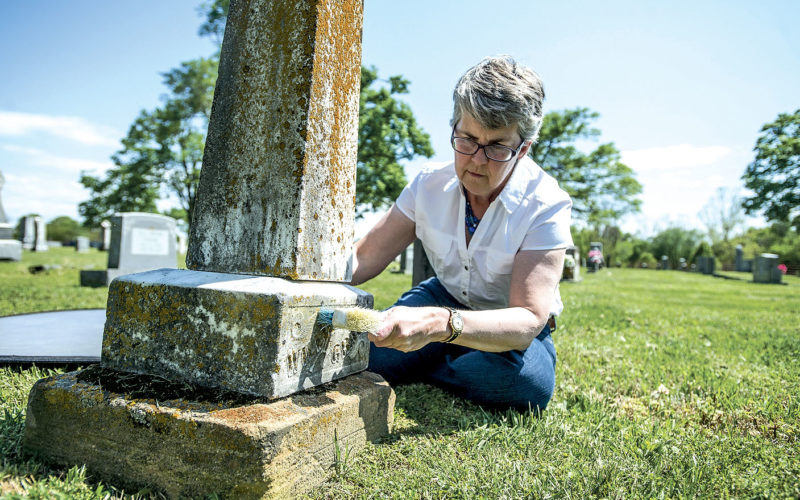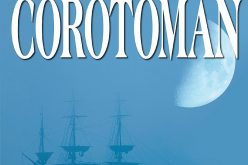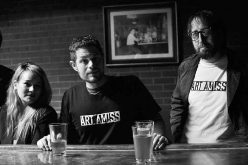Author Abby Burnett studies Buffalo River cemeteries
For more than 15 years, Abby Burnett was a household name around Northwest Arkansas as a columnist for The Springdale News, one of the predecessors of this newspaper. Her topic every week was food — made far more interesting than just recipes because her stories included her quest for understanding food and learning to cook as an adult. Growing up in the exotic cultures of Iran, Pakistan and India, she wasn’t allowed in the kitchen, she remembers. “It made extra work for the servants.”
So how did she move from writing about food — which might be called integral to life — to the topic of death?
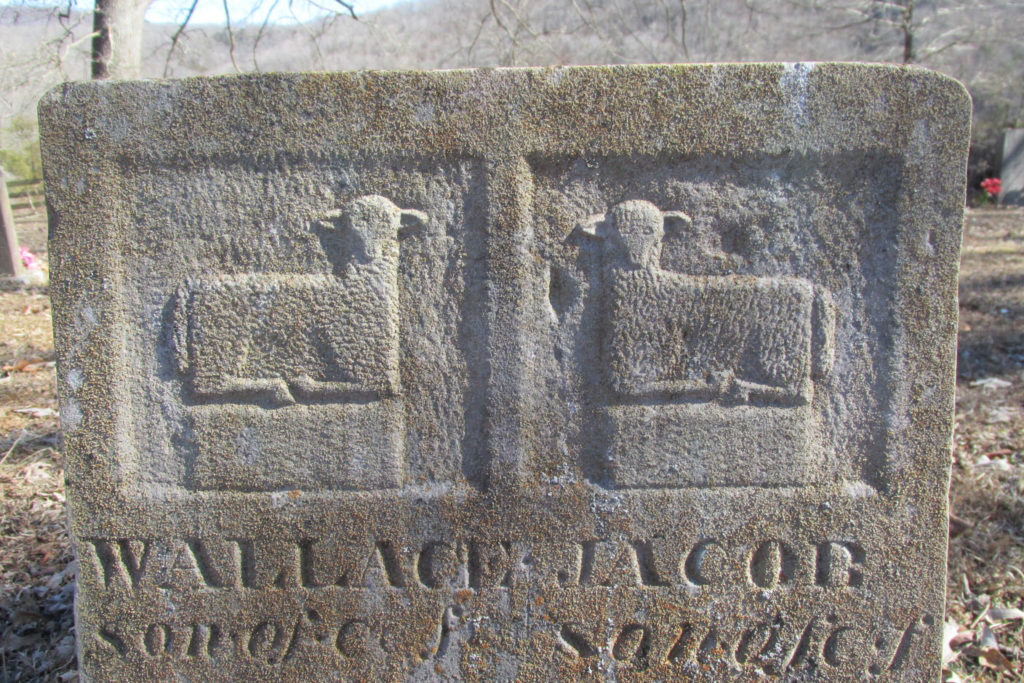
(Courtesy Photo/Abby Burnett)
“On summer visits to her grandparents between boarding school semesters, Burnett became “interested in death in a positive, life-affirming way,” she joked in a 2015 Profile story. Her grandparents were Moravian, a religious denomination related to Catholicism, and their customs piqued her already voracious interest. Walking the church cemetery with her grandfather, who kept its records, Burnett saw how men and women were buried separately from each other, even down to infants.
So “I’ve always loved cemeteries, and started seriously exploring ones in the Arkansas Ozarks about 25 years ago,” she says.
“For me, it’s all about making discoveries,” she explains her fascination. “Older tombstones can contain macabre or enigmatic epitaphs (tombstone poetry), photoceramic portraits of the dead, and messages conveyed through the language of symbols. Modern markers, in addition to telling us so much about the deceased, can also be a source for deliberate humor. I’ve found a blonde joke, two sugar cookie recipes, a man’s tattoos, photos of immense catfish, people’s pets, actual possessions and several naughty words on modern granite markers.”
When years of lectures and short articles for newspapers, historical society journals, Arkansas Encyclopedia entries and Gravestone Studies publications could no longer contain her research, the Kingston resident thought she’d collect her work into a manuscript. All it needed, she thought, was a little research to fill in the gaps.The result was a 260-page book, “Gone to the Grave: Burial Customs of the Arkansas Ozarks, 1850-1950,” published in October 2014 by University Press of Mississippi.
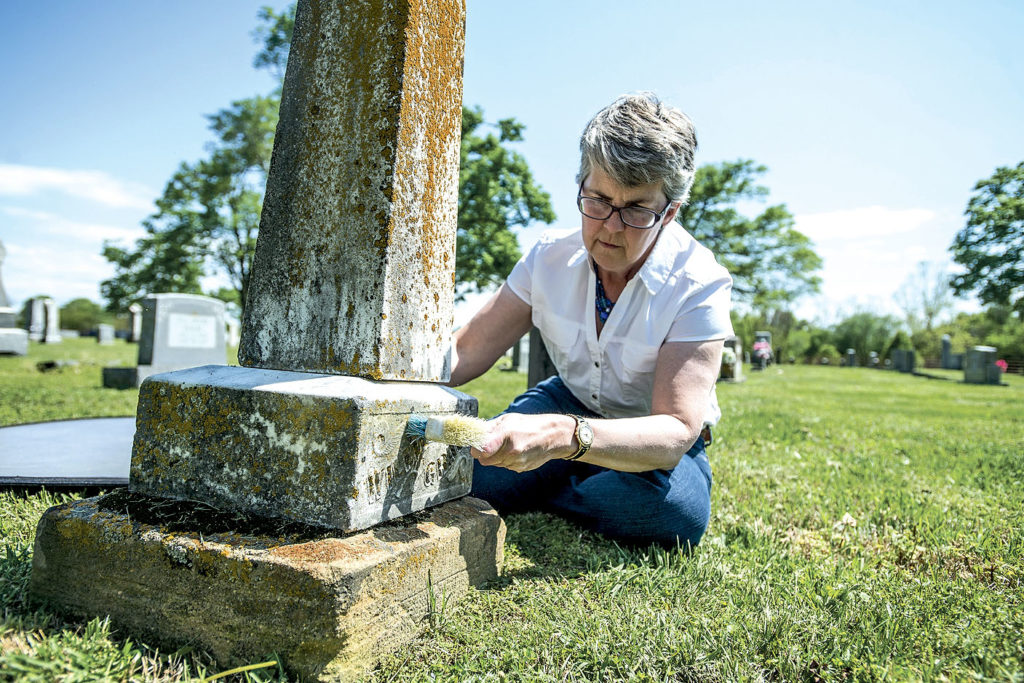
And she was no closer to done than when she’d started.
“For the past four years I’ve been working on a book on Arkansas’s most unusual tombstones and cemeteries,” she says. “That has meant making numerous trips across the state, researching the stories behind some of our oddest markers. Most of the book is written, but I left the most difficult chapters for last.”
Among the things Burnett discovered along the way were the cemeteries near the Buffalo River, which was her topic for a Shiloh Museum Sandwiched In lecture April 21. Her talk was based, she says, on an actual tour that she’s led for the Buffalo National River Partners, but with the addition of cemeteries that are hard to reach.
“These isolated burying grounds are good places to find examples of lost customs, such as marking burials with grave covers,” she says. “The designs, brought to the Ozarks by white settlers from their states of origin — primarily Tennessee — include such things as grave houses, stone tents (called combs), stone boxes and coffin shapes (called false crypts), stacked-stone cairns and graves that are kept covered in freshly scraped and mounded dirt, so they always appear recent.
“These constructions were complicated to make, and over time they tend to fall down or be taken apart. Such grave covers were once found across the Ozarks, but today it is hard to find intact examples — yet Buffalo River cemeteries contain quite a few if you know where to look.
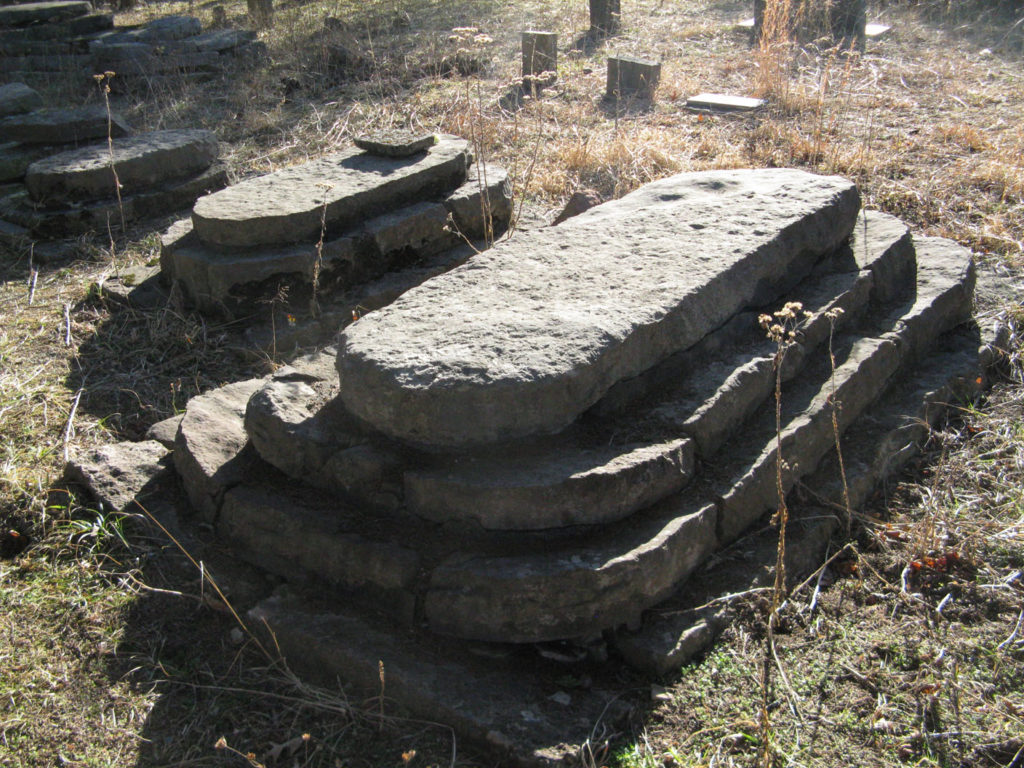
“Once it’s safe to travel again, I’d like to head back to South Arkansas and explore more cemeteries there,” she says of what’s next. “I’ve always known I loved the Ozarks but had never traveled very far beyond these mountains, and I fell in love with Arkansas as I explored. I discovered how interesting this state is, and how many wonderfully quirky stories it contains!
“Oh, [and] one of your questions had to do with not writing about food any longer,” she adds. “I know the two subjects sound mutually exclusive, but I’m working on a talk, ‘Food and Death,’ that will be about all the ways food is found on tombstones. I guess I haven’t entirely left that subject behind!”

